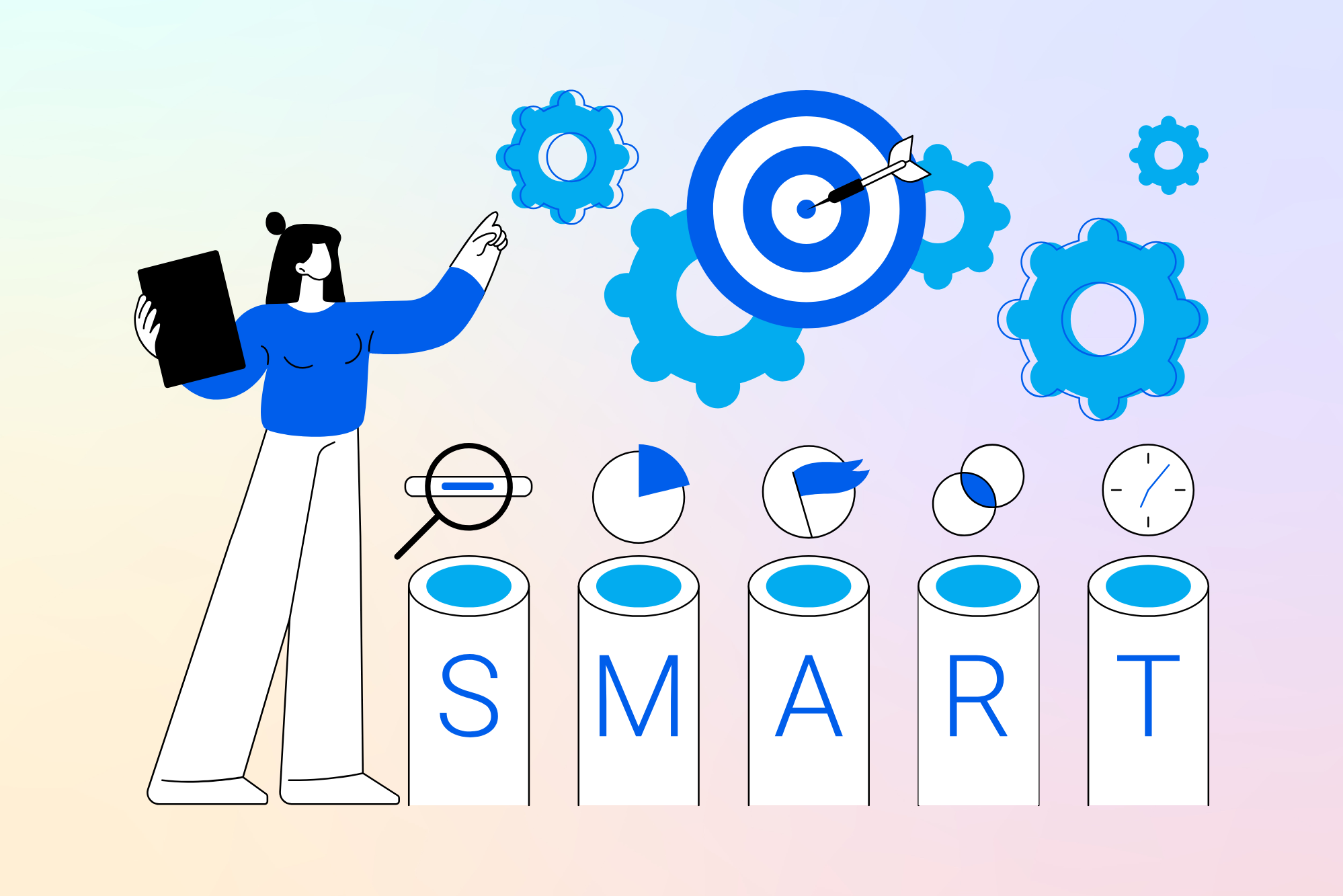Start improving with Life QI today
Full access to all Life QI features and a support team excited to help you. Quality improvement has never been easier.

Organisation already using Life QI?
Sign-up

Published on 28 February 2024 at 09:55

No matter what industry you are in, most would describe today's landscape as a challenging operating environment. Because of which the pursuit of continuous improvement isn't just a buzzword; it's a necessity for survival and growth.
However, while many organisations understand the importance of fostering a culture of continuous improvement, they often fall short in one critical area: leadership buy-in.
In this article, we delve into why leadership buy-in is indispensable for driving bottom-up improvements and how it can catalyse organisational success.
Continuous improvement, also known as Kaizen, is a philosophy that emphasises incremental changes aimed at enhancing processes, products, or services over time. It thrives on the collective efforts of every individual within an organisation, from frontline employees to top-level executives. By empowering employees to identify and address inefficiencies (harness the collective knowledge and skills of the workforce), organisations can achieve greater productivity, quality, and customer satisfaction.
Contrary to traditional top-down approaches, where directives flow from management to the workforce, bottom-up improvement encourages employees at all levels to actively participate in problem-solving and innovation. This approach acknowledges that those closest to the processes are often best positioned to identify areas for improvement and implement practical solutions. This can be difficult to achieve, but its power is second to none.
While bottom-up improvement relies on grassroots involvement, it cannot succeed without strong support from organisational leaders.
Here's why leadership buy-in is indispensable:
The importance of these factors in building a workforce that is actively involved in continuous improvement, cannot be understated.
Numerous success stories illustrate the transformative power of leadership buy-in in driving bottom-up improvements. For instance, Toyota's renowned Toyota Production System (TPS) thrives on the active involvement of employees at all levels, supported by strong leadership commitment to continuous improvement.
Similarly, companies like Google and Amazon encourage experimentation and innovation by empowering employees and fostering a culture of risk-taking, underpinned by leadership endorsement. Google’s ‘20% time', which allows staff to devote 20% of their time to a side project, has produced innovations such as Gmail, Google News and Google Maps. Now where would we be without Google Maps ;)
In today's challenging competitive landscape, organisations must embrace continuous improvement as a strategic imperative. However, achieving meaningful and sustainable improvement requires more than just lip service; it demands genuine commitment from leadership. By championing bottom-up approaches, leaders can harness the collective intelligence and creativity of their workforce, driving innovation, efficiency, and ultimately, organisational success. In essence, leadership buy-in isn't just desirable; it's essential for unleashing the full potential of continuous improvement initiatives.
If you don’t see your leadership modelling these behaviours, don’t give up, keep banging the drum, bring them round one step at a time. Building this culture takes time, but its power is accretive, and it always pays off.
Full access to all Life QI features and a support team excited to help you. Quality improvement has never been easier.

Organisation already using Life QI?
Sign-up


.png)


